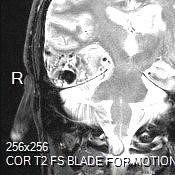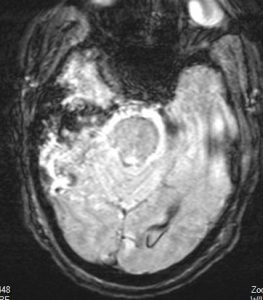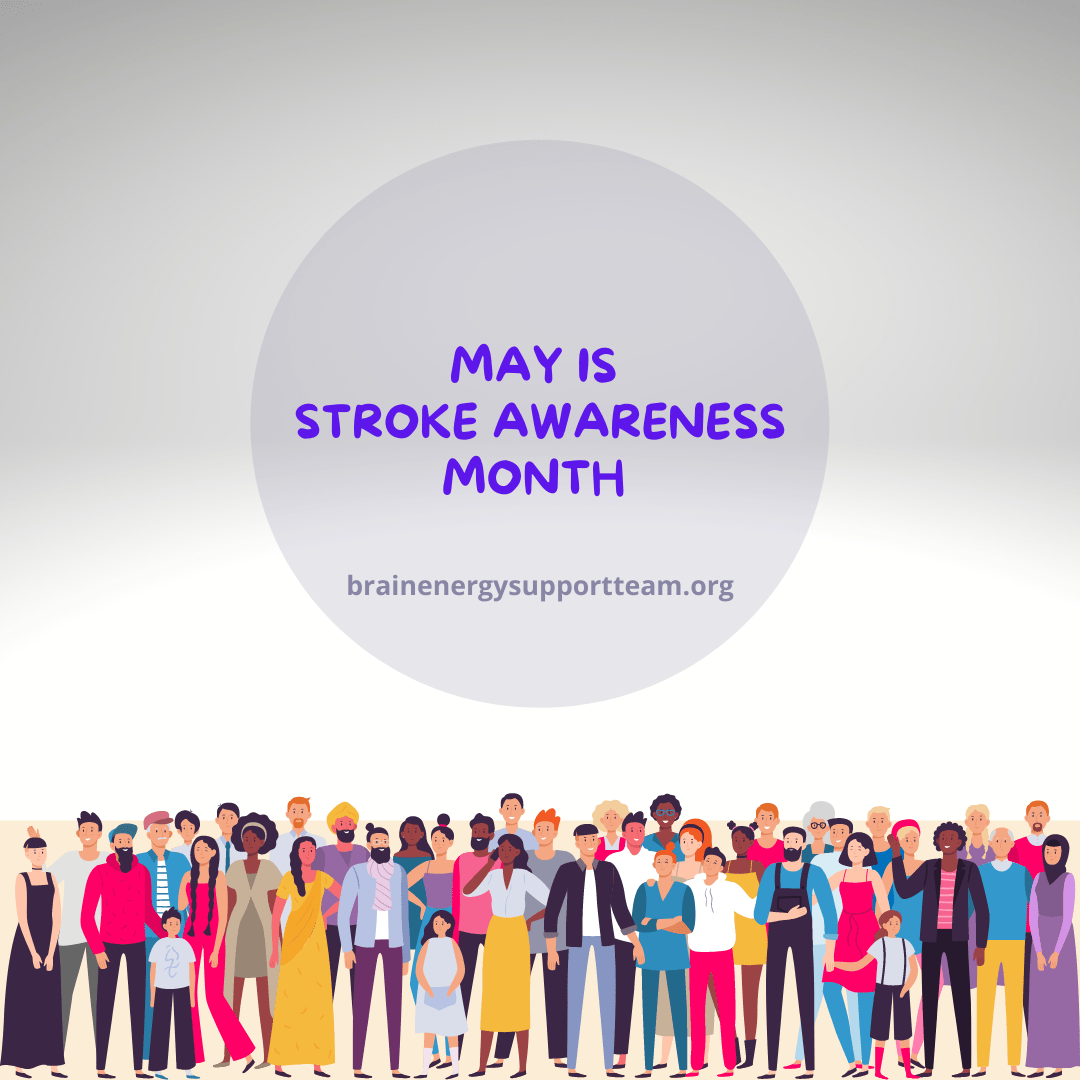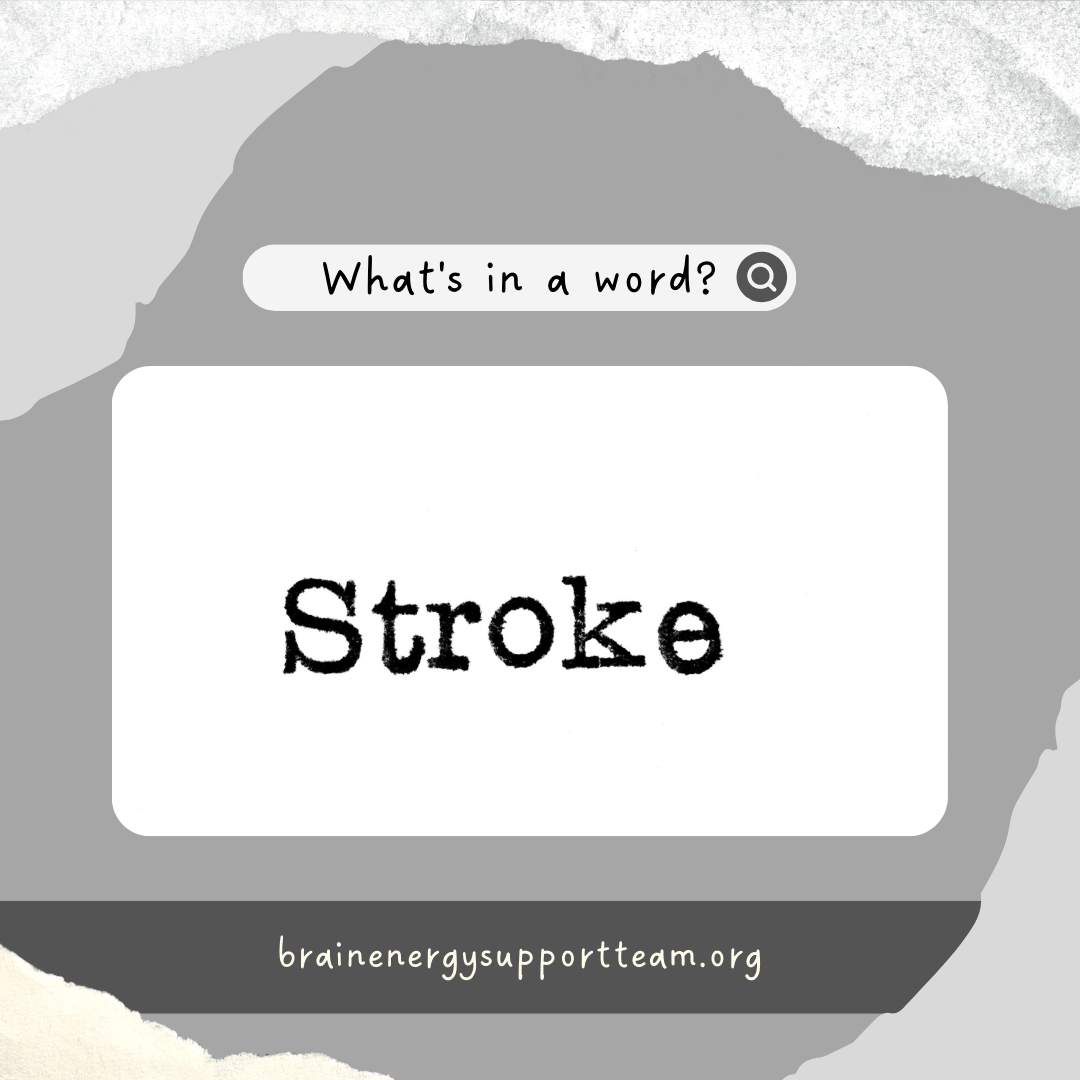 Editor’s note: Following is one of the first articles that BEST guest blogger, Isaac Peterson wrote about his stroke. In this special reprint of that article written in April 2017, Peterson has included a recent update on his condition. Read on to learn more.
Editor’s note: Following is one of the first articles that BEST guest blogger, Isaac Peterson wrote about his stroke. In this special reprint of that article written in April 2017, Peterson has included a recent update on his condition. Read on to learn more.
Do you know what an AVM is? Before my stroke I had never heard of them but my stroke happened because of one.
AVM stands for arteriovenous malformation, an anomalous tangle of veins and arteries in my brain. I’m told my undiagnosed high blood pressure caused it to bleed and triggered my stroke.
I am also told that without treatment, I still have a good chance of having another stroke, even though my blood pressure is now under control.
It turns out I am one of a comparatively very few unlucky people with an AVM. It only affects a few thousand people every year. According to sources I’ve read, it appears that AVMs happen primarily to men, and most often during their 20’s to 40’s.
So most people probably don’t have to worry about experiencing an AVM but apparently I was born with this time bomb in my head.

An AVM can be treated but the process of deciding which method to use for me has been long and drawn out — I have met with four medical professionals so far. The options presented to me are brain surgery, embolization and radiation treatments.
- Brain surgery: Self-explanatory. This invasive procedure would go directly into my brain and deal with my AVM surgically.
- Embolization: A tube is inserted into a blood vessel and snaked up into my brain where either a substance would be released into the AVM or a tiny device inserted to block off the AVM.
- Radio surgery: This involves the use of a device called a gamma knife that would be fitted onto my skull and then fire multiple gamma rays onto the affected area.
As for brain surgery, maybe it’s just me, but the idea of someone cutting off the top of my head and digging around in my brain with a sharp knife scares me stupid.
The thought of embolization is kind of creepy to me as well, but I’m told it doesn’t hurt, as I’d need to be anesthetized. But there are risks, not the least of which is the possibility of triggering another stroke.
The gamma knife has advantages and drawbacks as well. With the size of my AVM, treatment would be drawn out as long as three years with constant monitoring. There is also a risk that healthy brain tissue might be destroyed, as well as a tiny chance that it could cause genetic mutations in my brain cells, which sounds like cancer to me.
Each one of these options is anxiety-inducing for me and I don’t know which is best–I just wish we could get on with something. I want to be able to go to sleep at night without wondering if I’ll wake up.
I did have a new suggestion yesterday. One neurosurgeon’s assistant raised to me the possibility of embolizing me first, which would reduce the size of my AVM so that gamma knife treatments could come in and finish the job and lessen the amount and duration of treatment.
This process has gone on way too long for my liking; yet despite that, I’m very grateful that I have a team of professionals who want to be completely sure about what they’re dealing with, and the best way to deal with it.
The specialist reviewed all the information available about my case, including the MRI images in my brain that were taken while I was hospitalized. And he came to the opposite conclusion of all the previous specialists with whom I had consulted: my stroke was not caused by the AVM in my brain, but rather by a single vessel in the opposite half of my brain. He noted that the blood pooling from the bleeding was on the other side of my brain.
Like the other doctors he said my blood pressure being under control is a very positive development, and the chances of my having another stroke would be greatly reduced as a consequence.
He wants to consult with the other doctors and presumably explore additional treatment options and to come back and see him in November(!?).

Isaac Peterson grew up on an Air Force base near Cheyenne, Wyoming. After graduating from the University of Wyoming, he embarked on a career as an award-winning investigative journalist and as a semi-professional musician in the Twin Cities, the place he called home on and off for 35 years. He also doesn’t mind it at all if someone offers to pick up his restaurant tab. Peterson also welcomes reader comments. Email him at isaac3rd@gmail.com.







